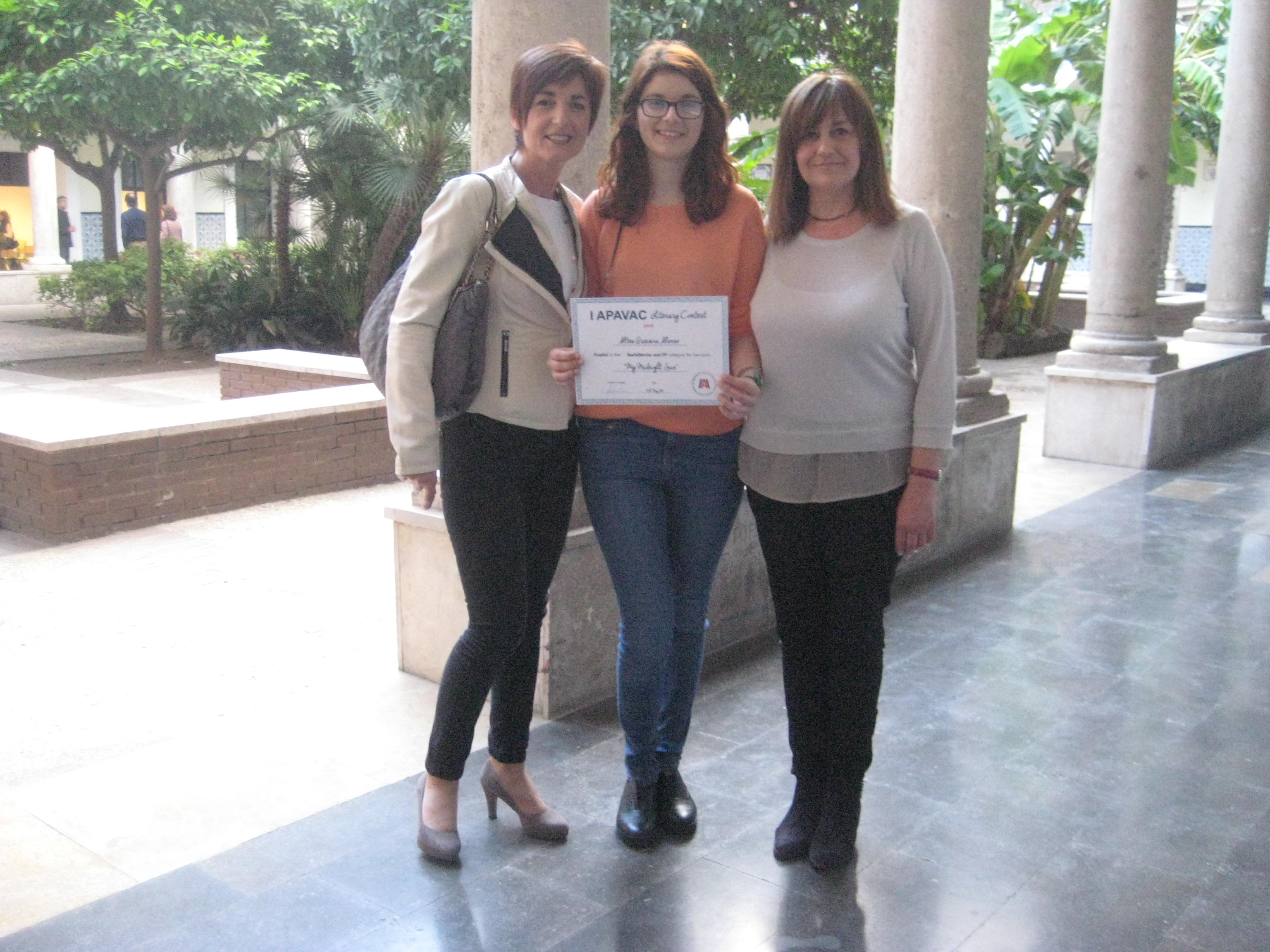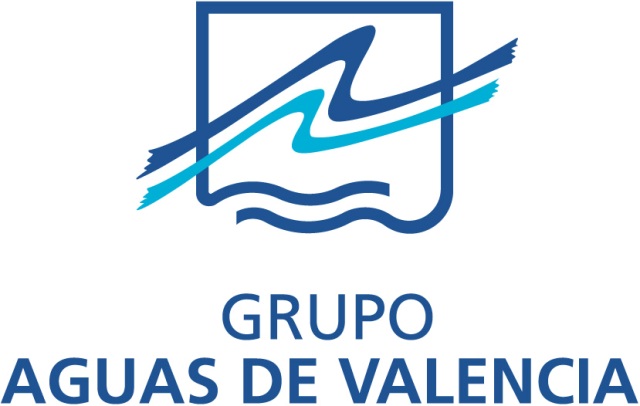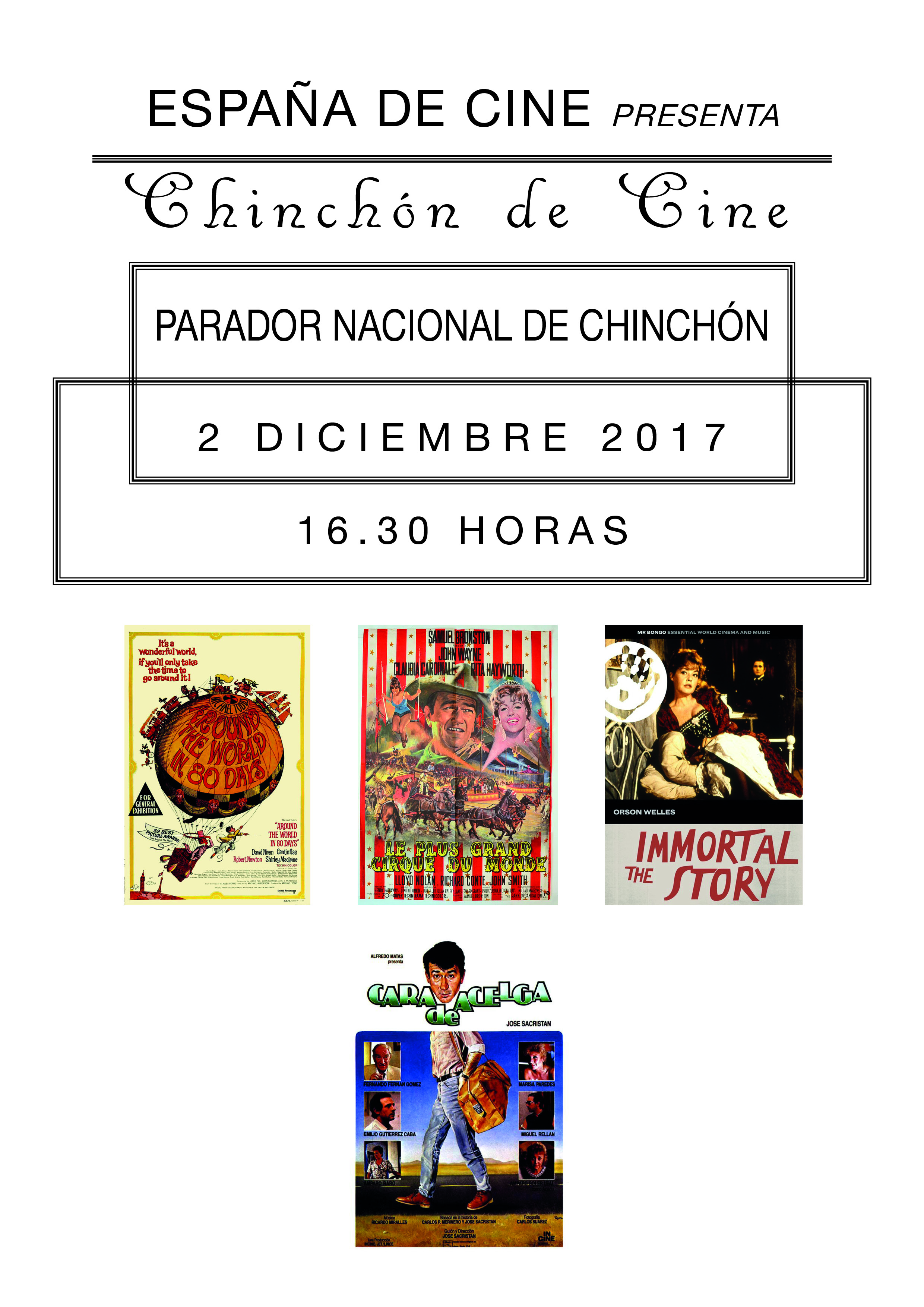Salt of the Earth in Valencia
Prehistoric Man would always look for a place with water when establishing himself in an area, although second on his list would probably be a place with salt deposits.
Salt enabled Man to preserve food, an essential prerequisite for surviving the winter.
Salt is so good as conserving flesh that archaeologists have found perfectly intact prehistoric salt miners who had been trapped and died in their caves. Some of these were Celts, which enabled historians to confirm that they loved to dress in colourful clothes, as their clothes were conserved too.
Thousands of years later, in Poland, Doctor Feliks Boczkowski studied the effects of salt on the miners in Wieliczka and concluded that the micro-particles of salt had a healthy effect upon them, leading him to open up the old mines in 1836 to study the effects on patients suffering from a wide range of ailments of the breathing apparatus, the skin and the nervous system.
Many places owe their name to the presence of this essential mineral, places such as Salzburg.
But salt is not only a key preservation substance, it is also therapeutic, as Carmen Martínez discovered when dealing with her own asthma.
Years later she has put this discovery into practice by opening Valencia’s first salt cave, which is not a natural phenomenon but a spa she has built in a modern building near the medieval centre.
Saltium opened to the public in May 2019, and consists of a series of rooms imitating salt caves, but with music and soothing lights which the originals lack. Its aim is to improve the health not only of patients, but of sportspeople too.
One of the rooms has been provided with suitable paraphenalia for children so that they can play and let their parents relax a bit.
Saltium is Valencia’s first Halotherapy centre, and can be found in C/ Santa Amalia 2, in the basement, just next to Pont de Fuster tram stop.











Recent Comments